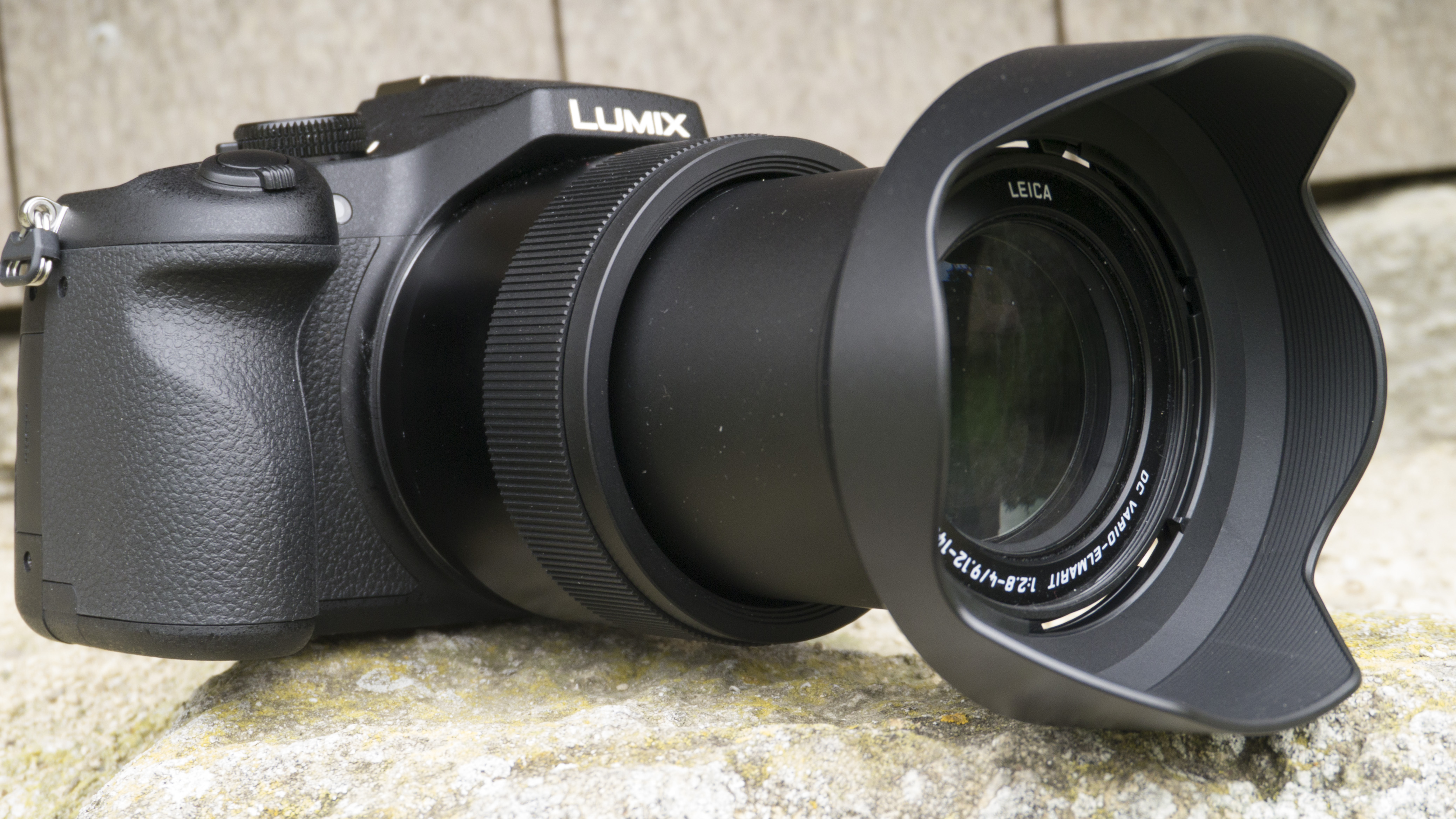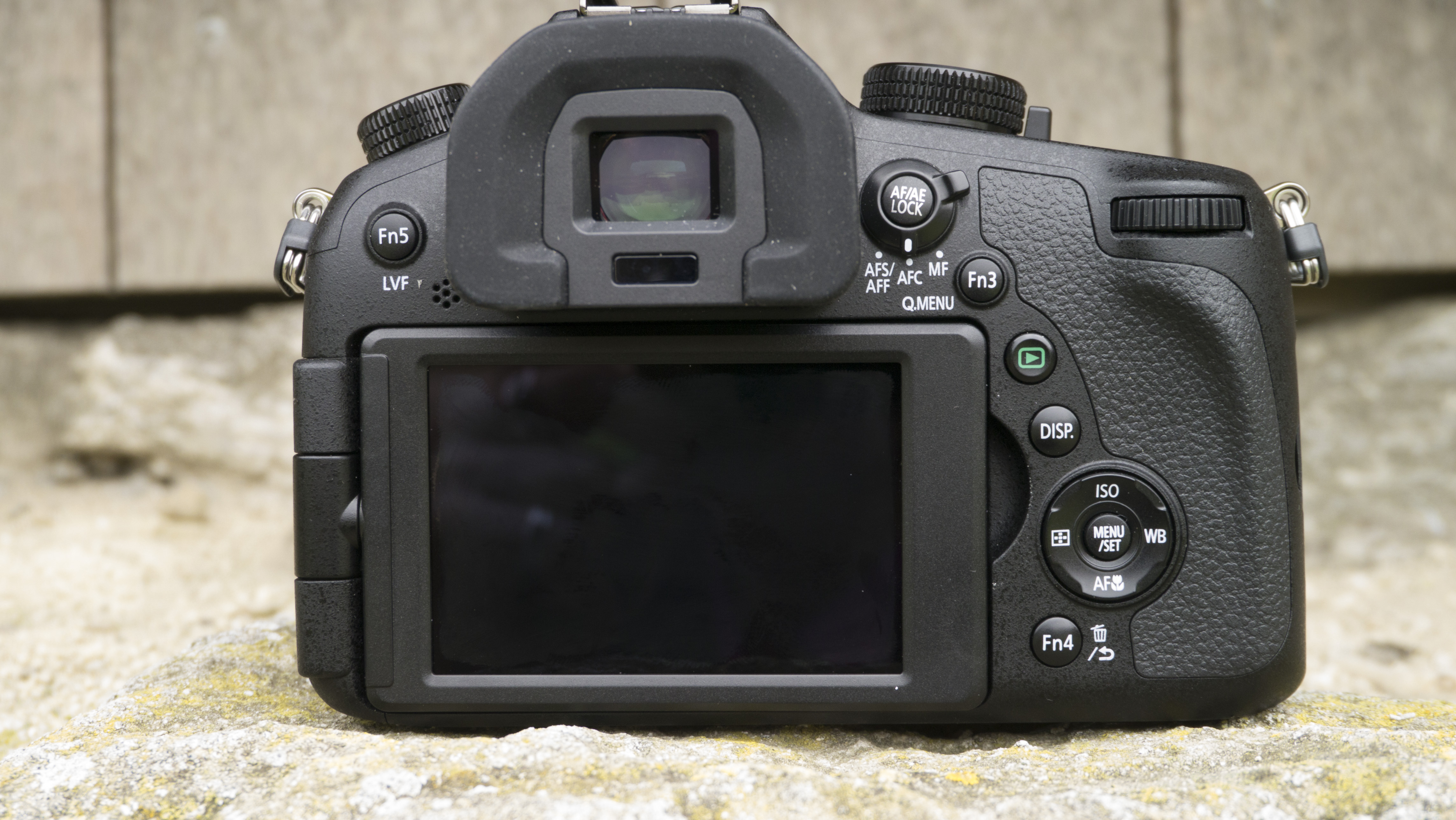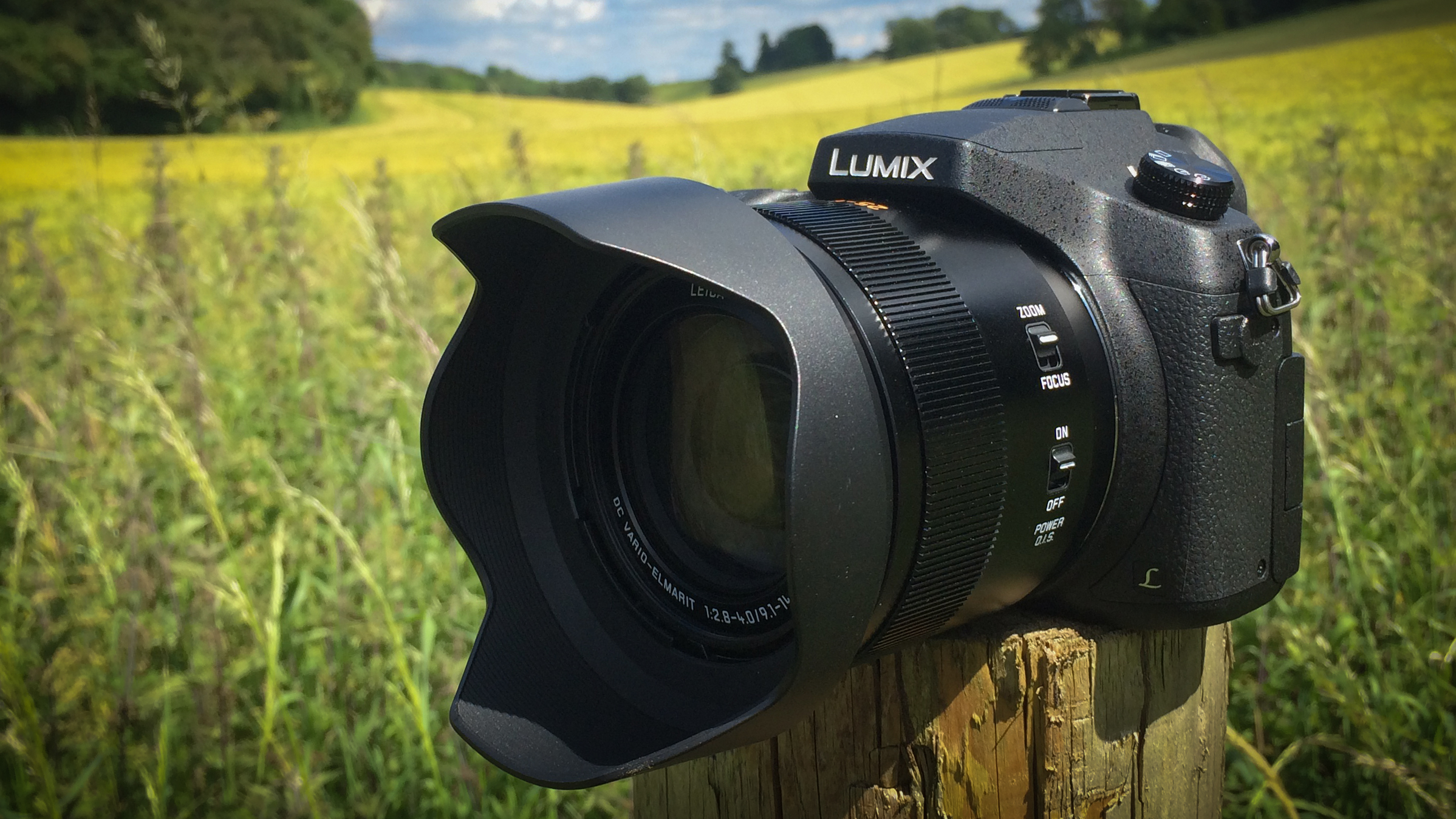Why you can trust TechRadar
We have found that Panasonic's G-series of compact system cameras have excellent metering systems and there's rarely a need to switch from the general-purpose Multi option. The FZ1000 Multi metering system is just as good and the camera produces perfect exposures in a wide variety of situations. In fact it manages to produce a correctly exposed subject when some lesser cameras would struggle. Under a bright overcast sky, for example, it produces a correctly exposed foreground, even when the subject under the active AF point is itself significantly brighter than a midtone.
Further good news is that thanks to the FZ1000's wide dynamic range, in many situations the bright sky isn't burned out and some tonal variation is retained.
In very high contrast conditions the FZ1000's iDynamic dynamic range boosting system can help extend the range of tones visible in the shadows and highlights, but the impact is subtle and not overly 'HDR' (high dynamic range). Similarly, the camera's in-built JPEG-only HDR system produces natural looking results even when pushed to the maximum setting (+/-3EV).

Colours are also generally good straight from the camera in the default 'Standard' Photo Style. The 'Vivid' option can be useful on occasion for injecting a little more vibrancy and some landscapes look better when the 'Scenery' Photo Style is used, but it can make blue skies a little too vivid and greens sometimes rather acidic.
Still on the subject of color, the FZ1000's automatic white balance (AWB) system performs well in most natural light conditions, managing to retain some of the atmosphere of the shooting conditions. In bright sunlight the results when using the AWB settings are often almost indistinguishable from those taken with the Sunny white balance setting. In shade, however, the Sunny setting is sometimes preferable as it imparts a little warmth. As is often the case, the Shade setting over does things a little.
The FZ1000's native sensitivity range runs from ISO 125-12,800, but there are extension settings to push the range to ISO 80-25,600. At normal viewing sizes JPEG images generally look good throughout the native sensitivity range. At 100% on-screen, however, even ISO125 images have a slight stippled texture visible and this gradually gets stronger at the expense of detail as sensitivity rises. By ISO 6400 the stippled texture of luminance noise is very obvious at 100% on screen, but images still look pretty good at normal viewing sizes. Push up to the expansion settings and colour saturation also starts to suffer and images are best kept fairly small.
We have seen a similar approach to noise reduction in Sony cameras such as the RX100 III, and while it makes shots look less than ideal at 100% on screen, they usually look very good, with the impression of lots of detail. Our lab results show that the FZ1000 is capable of resolving more detail than the Sony RX10.

Naturally, raw files can be subject to bespoke noise reduction as they are processed. Without any noise reduction being applied, chroma noise (colored speckling) is visible at 100% in images shot at ISO 400 and above. By ISO 12,800 coloured speckling almost obliterates the image.
Chromatic aberration is generally well controlled in JPEG images, but at 100% on-screen you can see hints of it here and there, along with greyish patches that suggest it has been removed, if you decide to look for it. But it's not a major issue at all.
Panasonic has made great strides with its AF systems over recent years and the FZ1000 benefits from this as it focuses quickly on the subject even in fairly low light conditions. I found that it can even get fast moving subjects sharp and follow them as they move towards the camera provided that the active AF point is over the subject. As we have seen before, however, the Tracking AF mode can only keep up with fairly slow moving subjects as they move around the frame and it's of little use to anyone shooting fast sport or action.
Current page: Performance
Prev Page Introduction and features Next Page Image quality and resolution